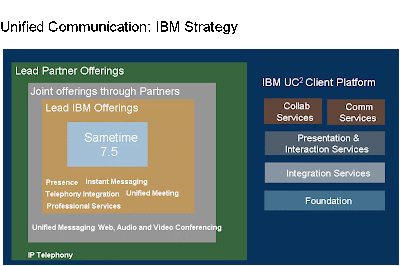I like Blackberry Curve
I had promised the AR team at RIM that I will write about my experience with Blackberry. First, I have to admit that I am no crazy about gadgets. The last device I had before my blackberry was a Nokia 6000 series basic phone, which I left with my parents since I got the blackberry.
When I first got the blackberry, a first look made me like it. It is of the right size-neither too long nor too short for the keypad. It fit my pocket. The device is light and I loved the look.
Our MIS at Frost & Sullivan took a day to set things up and then I realised what I had got into. I was getting my office mails on my phone. wow! This was incredible. However, it didn't take a week for the reaction to transform from wow! to jeez! Now I was working on the train, between meetings, almost everywhere. I could be reached by e-mail and phone anytime anywhere unless I switched my phone off. Inevitablely, I was working harder and smarter. My response time has increased significantly. This blackberry is a power tool.
The best part of the experience is certainly the e-mail and qwerty keyboard. Together they just do it for me. Not seen anything better yet.
The blackberry curve that I have does almost everything for me. The other day I was travelling and didnot have a place to connect my laptop to the Internet. Phew! who needs a laptop unless one is using office applications and specialised software. Blackberry devices don't support native downloading and editing of office files unlike Palm and Windows Mobile which does. However, it is true that presentations do open on the curve, but one can hardly read what is written even after full zoom.
Integration of calender with my office system is just brilliant. However I am not sure why I don't get reminders. Nonetheless, what I can do now with this device is no less feat.
On the phone side of things, the experience isn't that great. The number of features clearly don't compare anywhere near the office phone (it isn't supposed to, yet!), it doesn't compare very favourably against what other phones can do. Especially around the conferencing and call wait side of things. However, what sets Blackberry apart is the fact that it supports Wi-Fi. Can you think of the potential when you can make VoIP calls at flat data rates.
The IM tool is just awesome. Blackberry Curve supports Yahoo!, ICQ, AOL, Windows Live, Google Talk and Blackberry Messenger. The best part of this capability is the ability to log-in to multiple IMs and toggle across them. One is notified when a new message is received. The engineers have been just great with this.
Having used it for four months, I must admit business life without it would seem a bit dull. Great job RIM. Hats off to the engineers..........



















